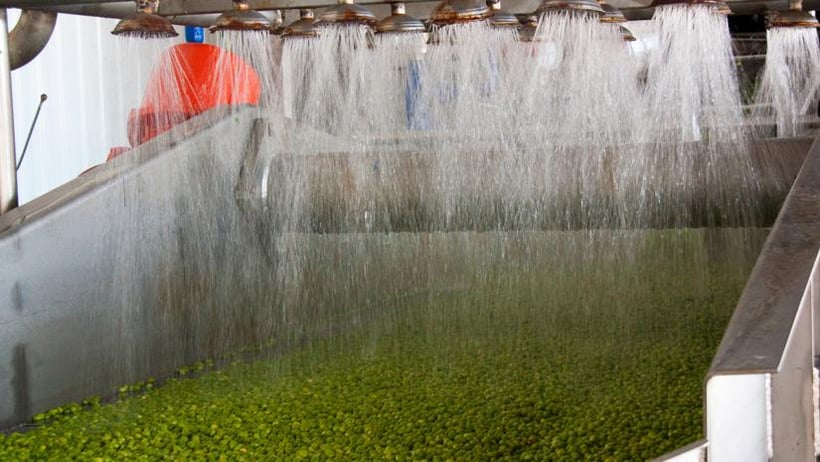
High-risk foods are a common source of food-borne illness outbreaks in Canada. These foods include meat and poultry, seafood, dairy products and eggs. It may be surprising to learn that fresh produce is also a high-risk food that can be sources of food-borne illness, such as leafy greens, romaine lettuce and spinach.
The concern with fresh produce is that it is often not cooked before being eaten, and thus there is the potential for dangerous pathogens in the fresh produce to be consumed and make a person ill. Food-borne illness outbreaks have been a significant food safety concern for Canadians in recent years, including an E. coli outbreak linked to romaine lettuce and a Cyclospora outbreak linked to salad products.
A research team at Drexel University is working to develop a specific treatment to kill dangerous pathogens in fresh produce.
What is the new treatment?
This new treatment is a cold plasma wash water treatment which is proven to be effective at inactivating pathogens in water in a rapid manner. The ultimate goal of the project is to design a plasma-based wash water management system for minimally-processed fresh produce to eliminate cross-contamination.
What are the benefits?
There are many benefits to this type of treatment, such as its ability to be used on fresh produce without damaging the food product. This is of particular importance in the fresh produce industry since cleaning fresh produce properly in order to kill pathogens can be difficult and can damage the product in the process.
The cold plasma wash water treatment is also a low-cost treatment which means that decontaminating fresh produce will not be a significant added expense to producers. The treatment also requires less maintenance than other methods since it does not require constant monitoring and it does not need replenishment of chemical concentration.
The treatment is also positive for consumer health as it requires no added chemicals. Other methods of decontamination, particularly if there is contaminated water, require the use of chemicals. This method involves no added chemicals which is good for the health and safety of consumers.
What are the next steps?
The project has been underway for some time, and researchers are moving on to validate the technology through a prototype model. The prototype model will use a 100-gallon tub with a plasmatron electrode submerged inside. In order to validate the research, plasma-treated water will be used to wash produce that is contaminated with strains of E. coli and other produce that is not contaminated. After washing, the produce and the wash water will be tested for pathogens. This testing will be used to determine the rate of inactivation. Other investigations will include looking at if there are any quality changes to the produce after being washed.
As the research continues, the team hopes that the testing will validate the efficiency of the cold plasma wash water system and its ability to improve produce safety for consumers. Learn more about this research and new technique in this document.
The Canadian Institute of Food Safety will provide updates on the project as it becomes available.





